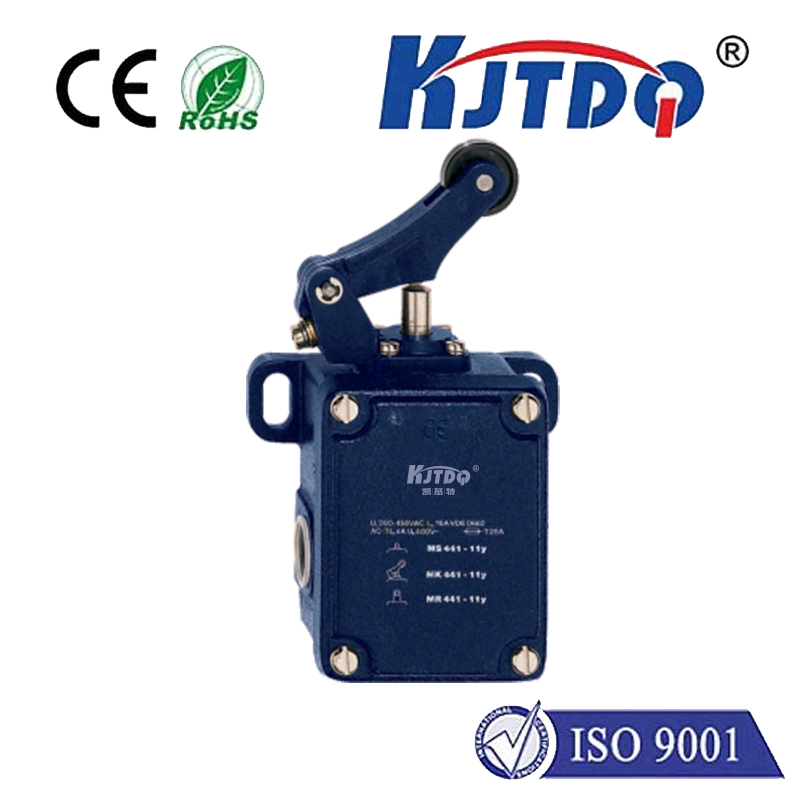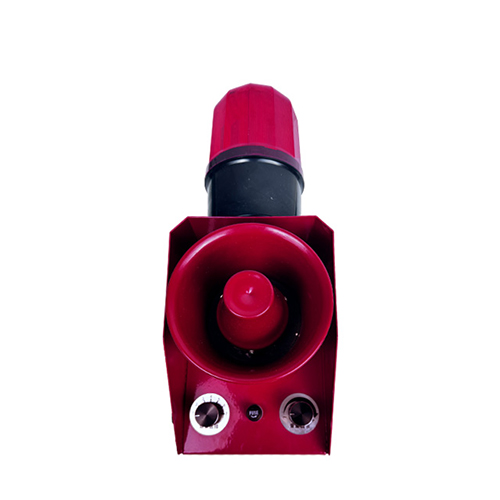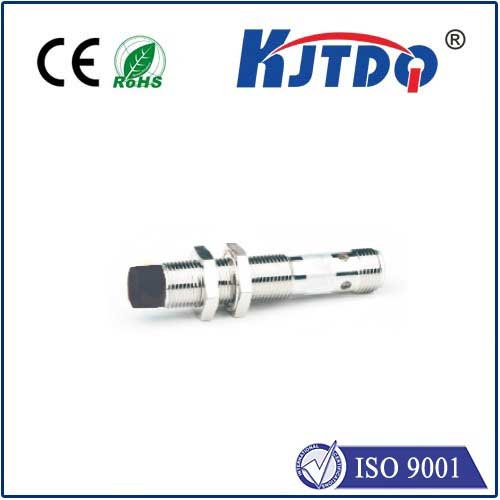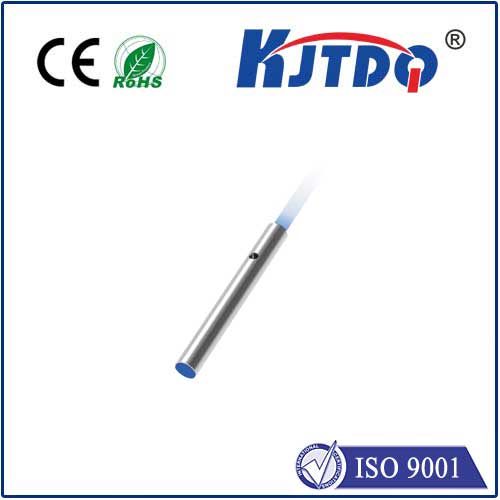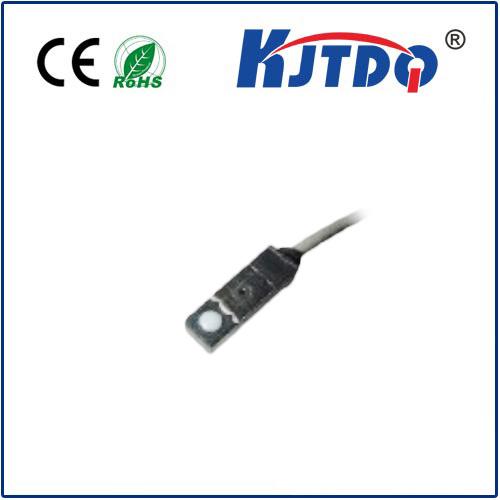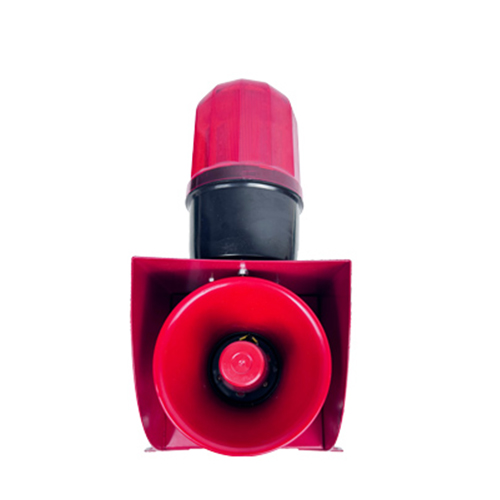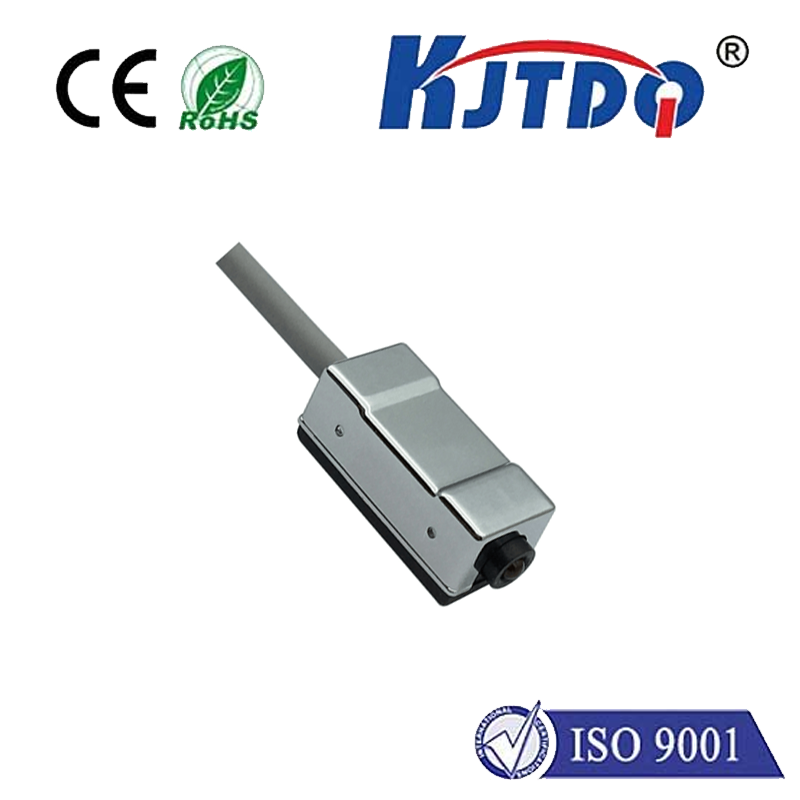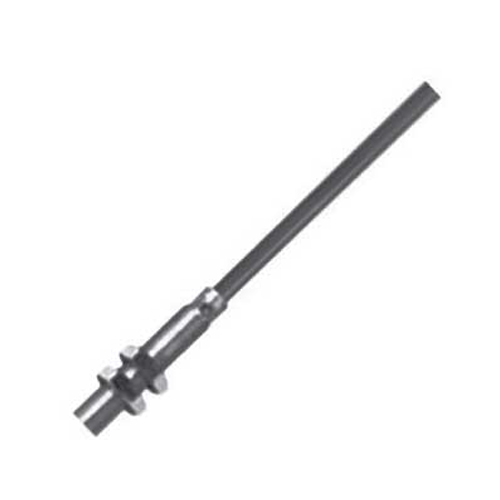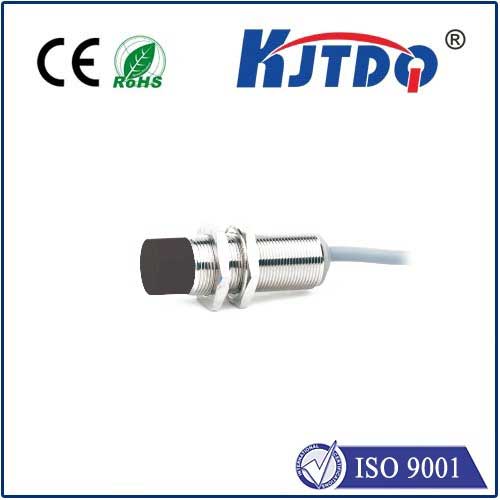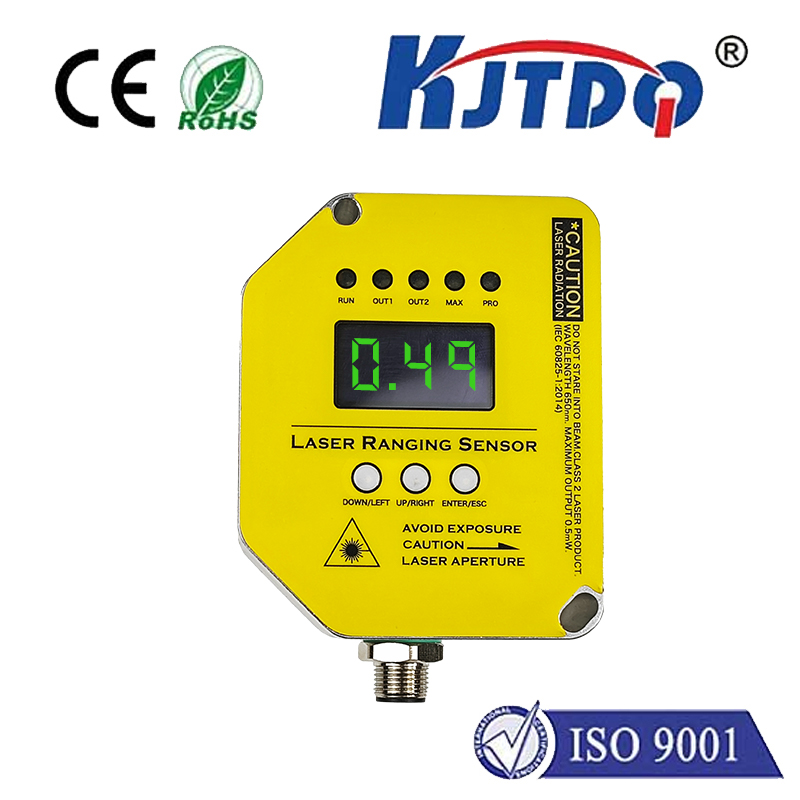fluid pressure sensor
- time:2025-08-19 10:06:40
- Click:0
Fluid Pressure Sensors: The Vital Pulse Monitors of Modern Systems
Ever wonder how machines ‘feel’ the flow? From the fuel coursing through a rocket engine to the delicate saline drip in a hospital, understanding the pressure of fluids (liquids and gases) is fundamental to countless applications. Fluid pressure sensors are the indispensable components that translate this invisible force into quantifiable data, enabling control, safety, and efficiency across a staggering array of industries. This article delves into the essentials of these critical devices.
What Exactly is a Fluid Pressure Sensor?
At its core, a fluid pressure sensor is a transducer designed to detect the force exerted by a fluid per unit area and convert it into an electrical signal – typically voltage, current, or frequency. This signal can then be interpreted by monitoring systems, controllers, or displays. The term “fluid” encompasses both liquids (like water, oil, hydraulic fluid, chemicals) and gases (like air, steam, natural gas, refrigerants). These sensors are the key to quantifying pressure, a fundamental parameter governing fluid behavior and system performance.
The Heartbeat Principle: How Do They Work?

While various technologies exist, they all fundamentally rely on measuring the deformation or displacement caused by pressure acting on a sensing element. Here are the most common operating principles:
- Piezoresistive: This is arguably the most prevalent technology, especially for electronic sensors. A thin diaphragm, often made of silicon, deflects under pressure. Integrated strain gauges, fabricated using semiconductor techniques, experience a change in electrical resistance proportional to the strain (deformation) of the diaphragm. This resistance change is measured via a Wheatstone bridge circuit, outputting a voltage signal. They are known for their high accuracy, stability, and suitability for low to medium pressure ranges.
- Capacitive: These sensors utilize the principle that capacitance changes with the distance between two plates. One plate is a fixed electrode, while the other is a flexible diaphragm exposed to the fluid pressure. As pressure changes, the diaphragm deflects, altering the gap and thus the capacitance. This change is measured electronically. Capacitive sensors often offer excellent sensitivity, stability, and low power consumption, making them ideal for low-pressure applications and harsh environments.
- Strain Gauge (Metal Foil): Similar to piezoresistive but uses metallic foil strain gauges bonded to a metal diaphragm (stainless steel is common). Pressure causes diaphragm deflection, straining the gauges and changing their resistance. While robust and capable of handling very high pressures and temperatures, they can be less sensitive than silicon-based piezoresistive sensors.
- Resonant: These sensors measure the shift in the resonant frequency of a vibrating element (like a wire or quartz crystal) caused by pressure-induced stress. The frequency shift is highly precise and stable, making these sensors suitable for demanding, high-accuracy applications, though often at a higher cost.
- Optical: Utilizing fiber optics, these sensors measure pressure-induced changes in light properties (intensity, wavelength, phase). They are immune to electromagnetic interference (EMI), intrinsically safe in explosive environments, and useful in remote or high-temperature applications where traditional electronics struggle.
Where Do Fluid Pressure Sensors Make Their Mark? Applications Abound
The reach of fluid pressure sensors is vast and critical:
- Process Industries: Continuous monitoring of liquid and gas pressures in pipelines, reactors, tanks, and filtration systems within chemical plants, refineries, pharmaceuticals, water treatment, and food & beverage production. They ensure process optimization, safety compliance, and product quality (pressure control).
- HVAC&R: Monitoring refrigerant pressures in chillers, heat pumps, and air conditioning systems is vital for efficiency and compressor protection. Gauging air pressure in ducts enables proper airflow balance.
- Medical Devices: Critical for patient safety and therapy in ventilators, dialysis machines, infusion pumps, blood pressure monitors, and anesthesia delivery systems. Precise fluid pressure measurement is non-negotiable here.
- Aerospace & Automotive: Monitoring fuel, oil, hydraulic fluid, turbocharger boost, brake fluid, and cabin air pressure. Essential for engine performance, flight control, braking systems, and passenger safety.
- Hydraulics & Pneumatics: The backbone of control in systems using pressurized oil or air for actuation (robotics, manufacturing machinery, construction equipment). Sensors ensure cylinders move with the correct force and speed (hydraulic pressure monitoring).
- Test & Measurement: Used in R&D labs, calibration benches, and environmental test chambers to verify pressure levels during product development, validation, and quality control.
Choosing the Right Sensor: Key Considerations
Selecting the optimal pressure transducer requires careful evaluation:
- Pressure Range: What are the minimum and maximum pressures the sensor needs to measure accurately? Selecting a sensor rated for pressures significantly higher than the normal operating range provides safety margin.
- Media Compatibility: Crucially, what fluid will contact the sensor? The wetted materials (diaphragm, seals, housing) must be chemically compatible with the fluid to prevent corrosion, degradation, or contamination. Consider factors like acidity, corrosiveness, and viscosity.
- Accuracy & Stability: How precise must the measurement be? Consider linearity, hysteresis, repeatability, and long-term drift requirements.
- Output Signal: Does your system require analog outputs (0-5V, 0-10V, 4-20mA), digital outputs (I²C, SPI, Modbus), or a simple switch? Match the sensor interface to your controller/data logger.
- Environmental Conditions: Consider operating and storage temperature ranges, potential exposure to humidity, vibration, shock, and electromagnetic interference (EMI). Does it need explosion-proof or intrinsically safe certification?
- Response Time: How quickly does the sensor need to react to pressure changes? Important for dynamic processes.
- Process Connections: How will the sensor physically connect to the system (threaded ports, flanges, sanitary fittings)? Ensure the seal type (O-ring, gasket, metal-to-metal) is suitable.
- Overpressure Tolerance: What is the maximum pressure the sensor can withstand without damage? This is often significantly higher than the rated range.
Installation Matters: Ensuring Accurate Readings
Even the best sensor can deliver poor data if installed incorrectly. Key installation practice includes:
- Location: Avoid high vibration, extreme temperature gradients, and potential water/condensation ingress points. Mount securely. For liquid pressure measurement, mounting the sensor at the same height as the point of interest avoids hydrostatic head errors.
- Pulsation & Surge: Use pulsation dampeners or snubbers if measuring pulsating flows (like piston pumps) to protect the sensor and smooth readings.
- Fill Liquids: In high-temperature gas applications, a capillary tube filled with an inert fluid might isolate the sensor’s sensitive element from heat.
- Sealing: Ensure all connections are properly sealed and tightened to prevent leaks, which can cause measurement errors and safety hazards. Always use thread sealant compatible with the process media.
Conclusion
Fluid pressure sensors are the indispensable “nervous system” for countless applications where liquids and gases are integral. From safeguarding patients in hospitals to optimizing massive industrial processes and ensuring the smooth operation of vehicles, these versatile transducers provide the critical data point of pressure. Understanding their operating principles, diverse applications, and the factors involved in selecting and installing the right sensor is paramount for engineers, technicians, and anyone responsible for systems reliant on fluid power or monitoring. Continued advancements will further enhance their accuracy, robustness, integration capabilities, and range of applications, solidifying their role as a cornerstone of modern automation and control.












